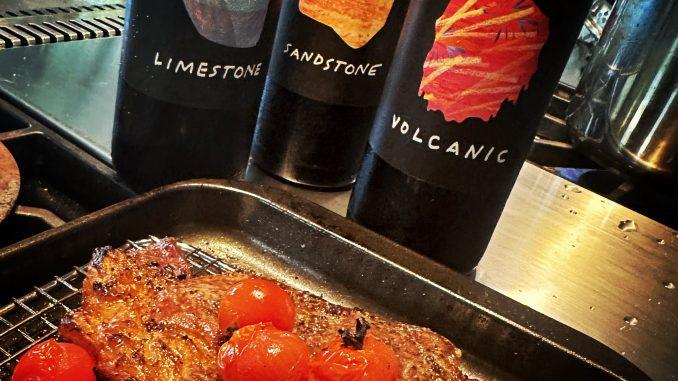
Ever heard of Alta Marfa? I’m not surprised if you haven’t. I didn’t either until, in 2022, when I met up in Fredericksburg with friend, Mason wine grower and winemaker Dan McLaughlin (Robert Clay Vineyards) where he presented me with a business card and three bottles of Tempranillo and said, “Give them a taste and see what you think.” The wines were from Ricky Taylor and Katie Jablonski at Alta Marfa Winery and Vineyard, a new winery located in Marfa, Texas. Besides growing their own wine grapes in the Texas Davis Mountains AVA, they are also making their unique style of wines with grapes grown by wine-farmers in Texas and New Mexico.
I started to write this blog on these three wines several weeks ago still searching for a theme. Well, last night turned into a grand evening featuring one sizzling ribeye steak sheared in my new 900 F pizza oven. The steak was accompanied by Taylor’s three Alta Marfa Tempranillos varietally labeled as Texas Tempranillo*, but sporting the following simple but descriptive names: Limestone, Sandstone and Volcanic, all produced similarly.
* Note: In my book, three people deserve the credit for creating the modern phenomenon of Texas Tempranillo. They are Dan Gatlin, Neal Newsom, and last but certainly not least, Jim Johnson of Alamosa Wine Cellars fame.
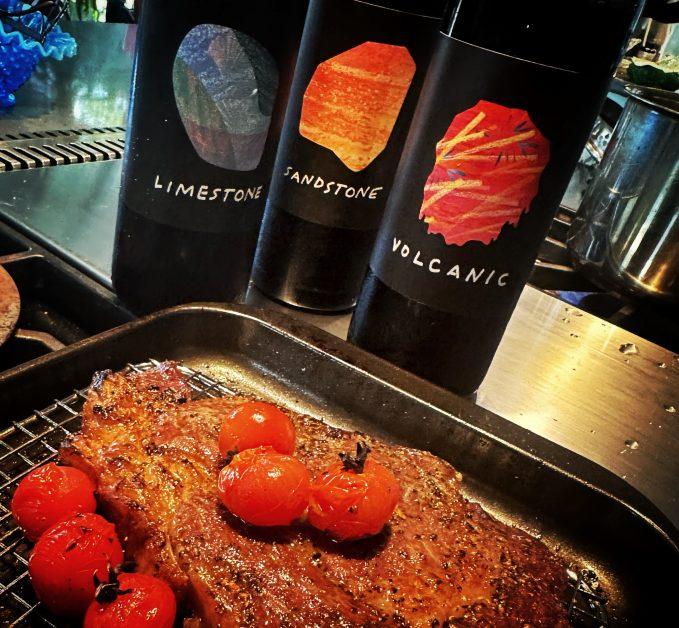
Personally, I go back far enough in the modern Texas wine experience (pre-dating Texas Tempranillo) to have tasted some excellent pre-2000 wines from grapes grown at Blue Mountain Vineyards in the Texas Davis Mountains AVA. This region has always held a certain allure for me causing me to even walk and explore the Blue Mountain vineyard after its demise.
In a Zoom interview, Taylor described his wines saying, ”The Limestone came from High Cross Vineyard near Sonora and the Sandstone from Robert Clay Vineyards in Mason. The Volcanic was from grapes grown in Blue Mountain Trail Vineyard in the Texas Davis Mountains. Whereas the principal differences are the origin of the soils, there are also some significant climate differences, too. The Limestone and Sandstone are more-or-less Hill Country. The Blue Mountain site and its wine are Volcanic something totally different.”
Last night once my table was set and the steak in resting-mode, I poured three glasses of wine, one from each of the three Alta Marfa Tempranillos.
While I waited a moment more, I reviewed my notes on Taylor’s description of his winegrowing journey. He said, “We started preparing the land in 2017, started planting vines in 2018, but due to a screw up at the nursery, we did a total replant starting in 2019. Since then, we used what we learn so far, and continued to plant more vines changing up just about everything: the vine spacing, grape varieties, and going from rootstock grafted vines to own-rooted vines. Now that we have the winery, we are keeping that vineyard at about 2.5 acres and it will grow a red-field blend for us. We have also planted an acre on our estate that will provide us a white-field blend.”
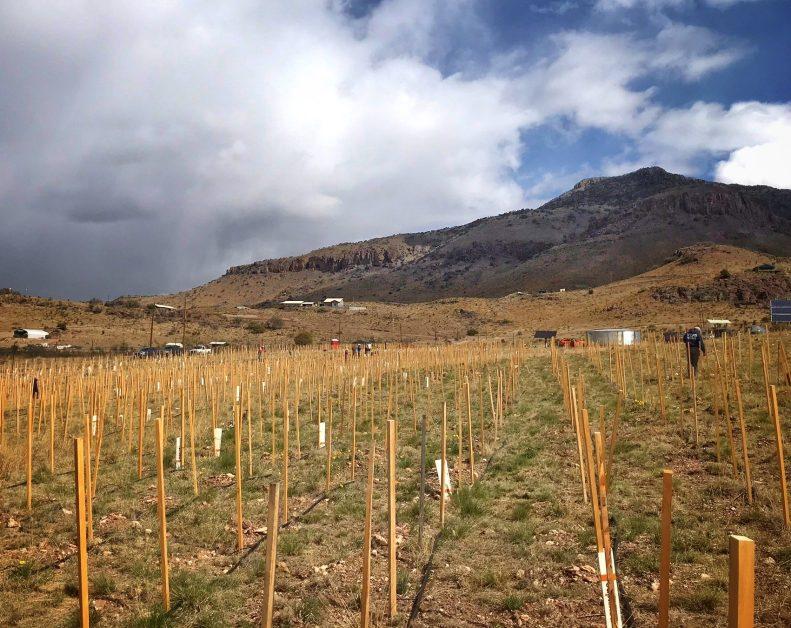
I’ll admit to starting my meal/tasting with a couple bites of medium-rare ribeye followed by a sampling of each of the three Alta Marfa Tempranillos, and accompanied by a few more bites of steak. All three wines had similar unmanipulated varietal character with a combination of red and dark berry notes. I perceived the Limestone Tempranillo from High Cross Vineyard to be most reserved of the three wines with noticeable minerally/earthy notes lingering from start to finish and yielding more red than dark berry nuances. Whereas to me, both the Sandstone from Robert Clay Vineyards Tempranillo and the Volcanic from Blue Mountain Trail Vineyard Tempranillo were more fruit dominant with darker berry aromas and flavors despite all three wines having the same percent alcohol. If I had to decide between the latter two wines, I’d say that the Volcanic showed the most body and darkest berry character, but just by a tad.
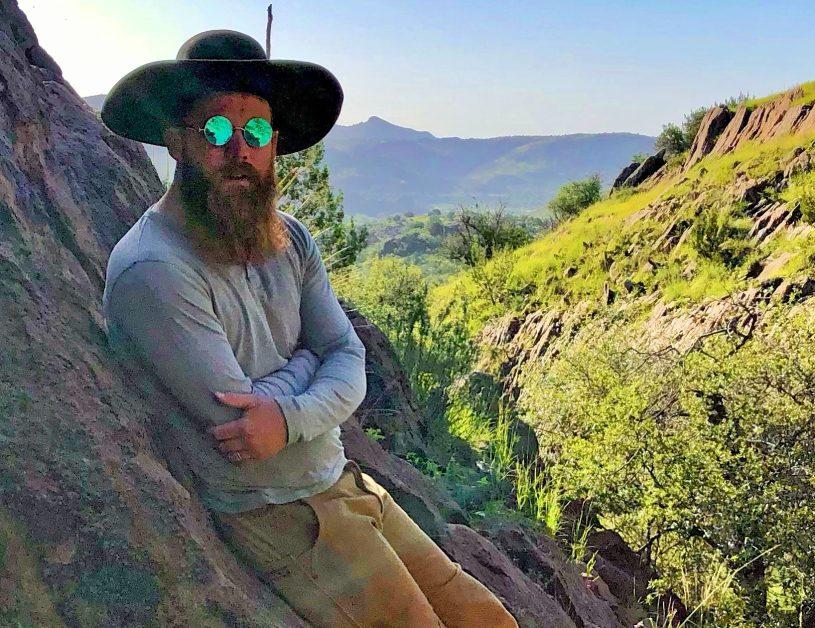
The three wines made for an insightful tasting experience illustrating the role of soil and “place” on similarly produced Tempranillo wines. As expected, all of these wines fit right in with the simply prepared (salt, pepper and garlic) medium-dark sheared ribeye steak. It would likely be your personal preference that determines which of these three well-made wines you might prefer. I’ll say one more thing more… It is really great to see Texas wine, particularly those like from Alta Marfa (other than just those that come from the usual venues), pair so nicely with Texas cuisine.
If you want to check out the technical notes on these Tempranillos and other wines produced by Alta Marfa Wines, click here. If you want to follow the Alta Marfa winegrowing journey, you can stay up to date by reading their blog, click here. If you can’t journey all the way to the winery in Marfa in the near future, but want to know where you can find their wines, click here.
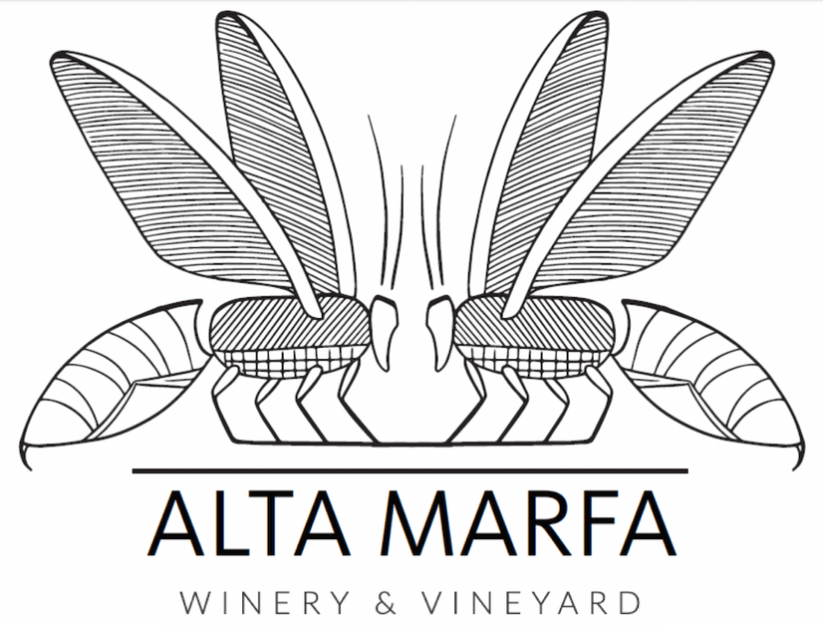

Be the first to comment